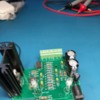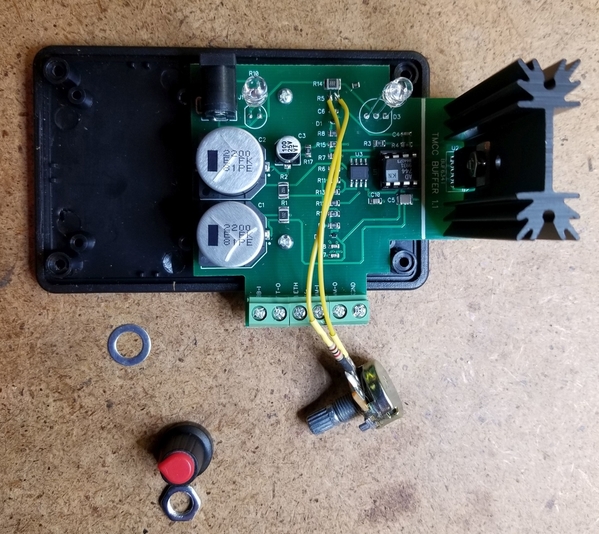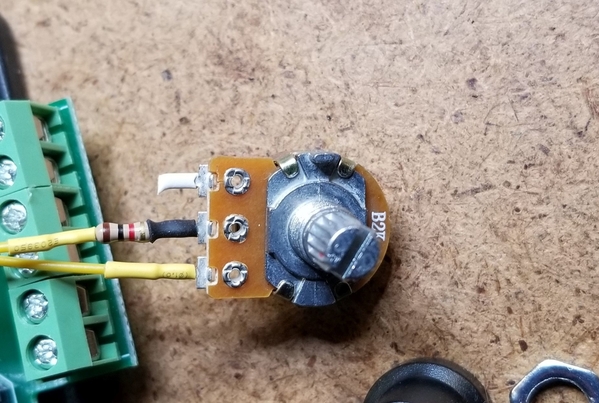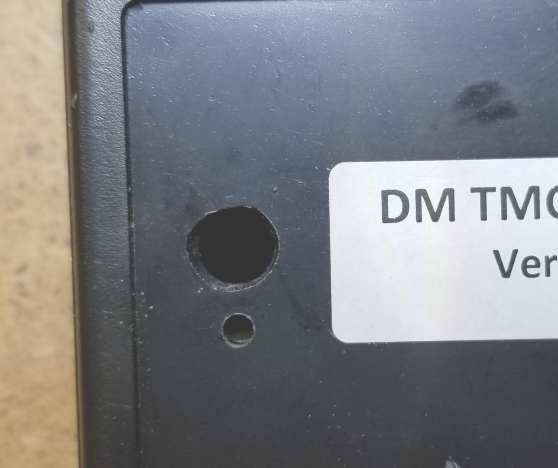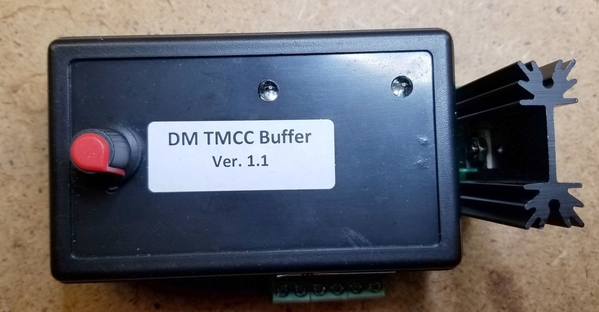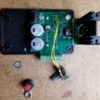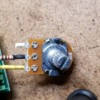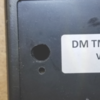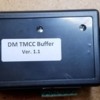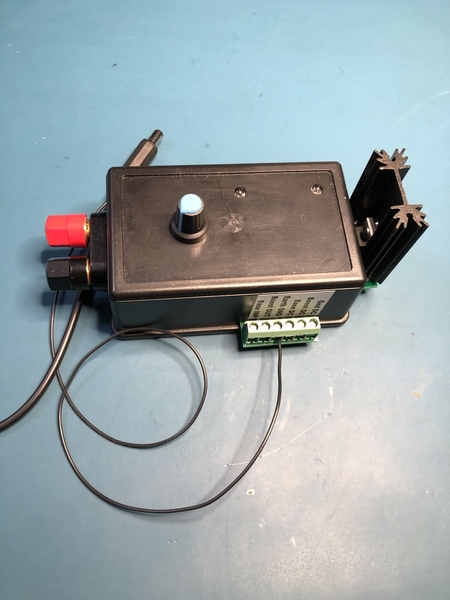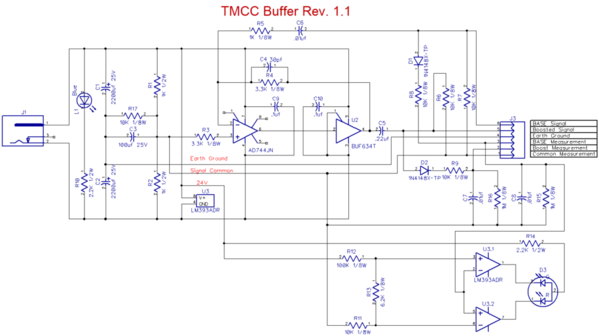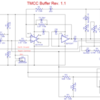Here's another success story for Dale and John's buffer. I run TMCC only on a very large layout with about 2400 feet of track. I've added earth ground wires wherever needed so the layout typically runs very well. In order to test the unit, I disconnected an earth ground above a track in a tunnel (where there are 2 overhead tracks). A diesel with marginal antenna would run through the tunnel with headlight blinking wildly and would sometimes stop in the tunnel.
With the buffer up and running, both blue LED and green LED lit, that same diesel runs through the tunnel smoothly at any speed with an absolutely rock solid headlight. No flicker at all.
My DC voltage measurements are 2.75 volts at the Base terminal and 3.86 volts at the Boost terminal.
Good stuff!









